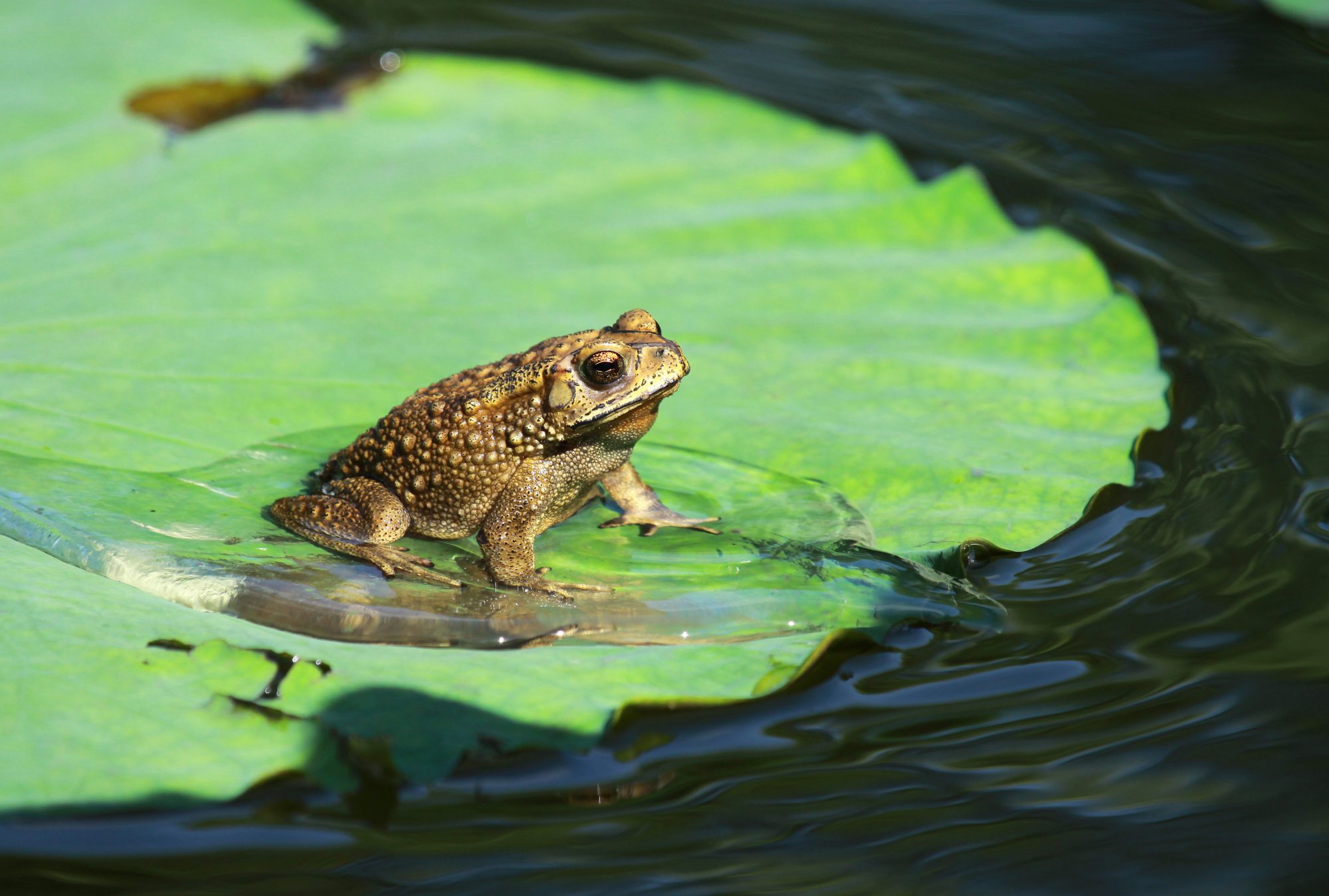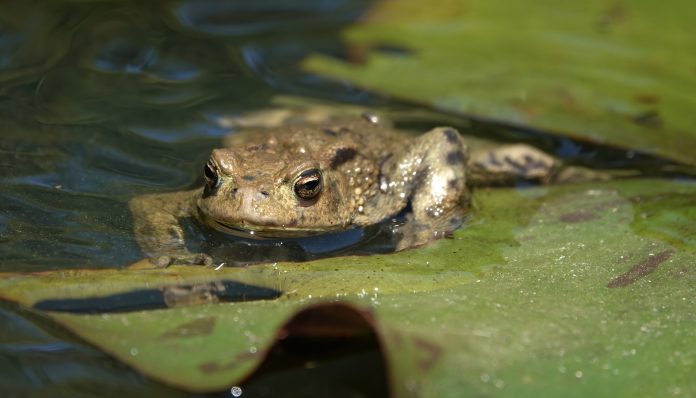Researchers have developed and validated a ground-breaking test for the amphibian chytrid fungus responsible for the dramatic decline of amphibians
This innovative assay sheds new light on a wildlife disease that has caused a drastic decline in over 500 amphibian species, with 90 others driven to extinction.
Previously unidentified Indian strains of chytridiomycosis revealed
The findings of their research, published in the journal Transboundary and Emerging Diseases, revealed the presence of previously unidentified Indian strains of chytridiomycosis, while also successfully detecting strains from various regions across the globe.
To evaluate the efficacy of the new diagnostic assay, it was tested on a range of amphibian species in India, including:
- Frogs
- Toads
- Caecilians (limbless amphibians)
- Salamanders (tailed amphibians)
The results obtained were comparable to, if not better than, those achieved by the gold-standard assay currently recommended for diagnosing chytridiomycosis.
Further verification of the test’s effectiveness was carried out in laboratories located in Panama and Australia.
These additional experiments confirmed its reliability, making it a cost-effective alternative for widespread surveillance of chytridiomycosis in different parts of the world.

Timely detection of chytridiomycosis is crucial for disease management and mitigation
However, ongoing research on this infection, caused by two fungal pathogens, highlights the complexity and dynamic evolution of their genomes.
As new strains continue to emerge in various regions worldwide, facilitated by the global trade of amphibians, comprehensive surveillance for emerging hybrid varieties becomes imperative.
The newly developed assay will significantly contribute to global detection efforts, underscoring the value of international scientific collaborations in tackling this shared threat.
‘This assay will enable researchers to investigate and track the spread of amphibian chytrid fungus strains that were previously undetected’
Roberto Ibáñez, a scientist at STRI and a collaborator on the study, stated, “This assay will enable researchers to investigate and track the spread of amphibian chytrid fungus strains that were previously undetected, particularly in countries around the Indian Ocean, where frog species have been introduced due to human trade.”
Additionally, this new test has the potential to aid in the identification of pathogen reservoirs that have not yet been recognized.
These reservoirs consist of infected amphibian species that do not display visible symptoms of disease or mortality but can silently transmit the disease to other susceptible species in their environment.
‘One strain of the amphibian chytrid fungus caused dramatic population declines’
Co-author Roberto Ibáñez further emphasized, “One strain of the amphibian chytrid fungus caused dramatic population declines, leading to the disappearance of amphibian species in Panama.
“The Chiriquí harlequin frog (Atelopus chiriquiensis) and the Panamanian golden frog (Atelopus zeteki) have not been sighted for several years.
“Although a few frog species have reappeared in certain areas, they have not fully recovered their previous population levels. The amphibian chytrid fungus continues to pose a threat to susceptible species in natural habitats.”
In conclusion, the collaboration between the Panama Amphibian Rescue and Conservation Center and the Centre for Cellular and Molecular Biology has resulted in a game-changing diagnostic test for chytridiomycosis strains.
This test will aid in the global detection of the disease, providing valuable insights into its spread and allowing for more effective management and conservation strategies for vulnerable amphibian populations worldwide.











